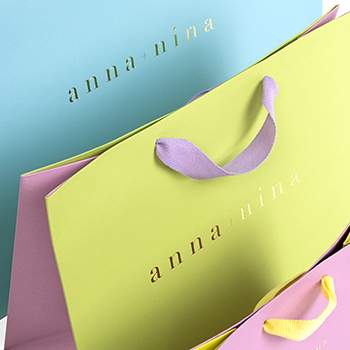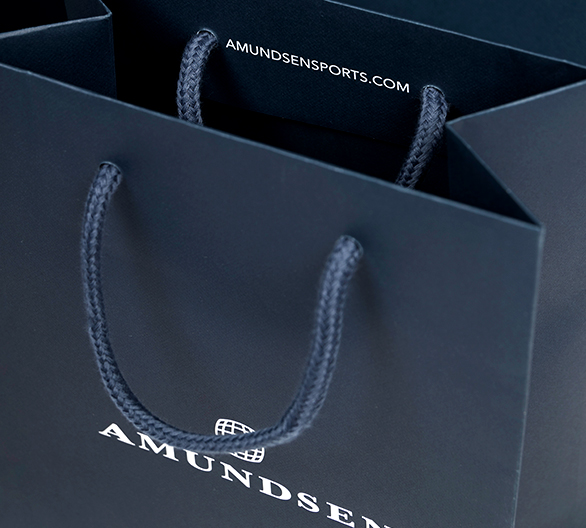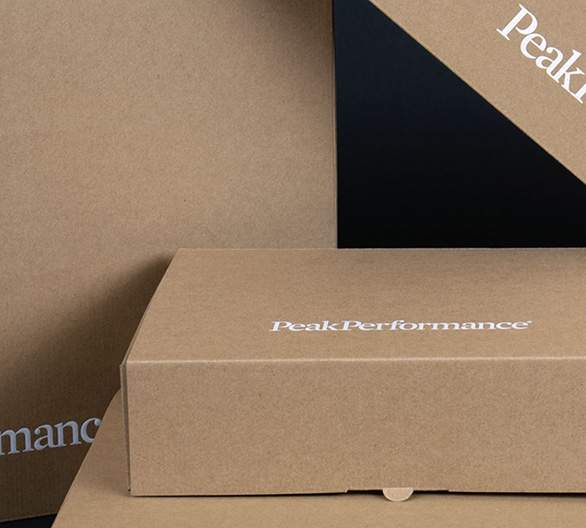EU Packaging Directive - what does it mean for you?
- February, 2025
The EU Packaging Directive, also known as "EU Rules on Packaging and Packaging Waste", aims to prevent packaging waste and promote reusable options. It also encourages packaging recycling to minimize the environmental impact of packaging and packaging waste.
The EU Packaging Directive, also known as "EU Rules on Packaging and Packaging Waste", aims to prevent packaging waste and promote reusable options. It also encourages packaging recycling to minimize the environmental impact of packaging and packaging waste.
Many of you are currently seeking advice on the meaning of the EU Packaging Directive
Many of you are currently seeking advice on the meaning of the EU Packaging Directive
The Packaging Directive has two major aspects that directly affect the packaging sector:
1. the mandatory Extended Producer Responsibility adopted in 2018
2. and the plastic bag directive from 2015.
What is the Extended Producer Responsibility (EPR) about?
What is the Extended Producer Responsibility (EPR) about?
The Extended Producer Responsibility (EPR) scheme shifts the waste responsibility of packaging placed on the EU market from the consumer to the producer.
How does this affect you?
By 2025, packaging producers become responsible for the waste treatment of their packaging put on the EU market.
Setting up an EPR scheme is now mandatory in all EU countries. However, companies lack the resources and skills to treat packaging waste. Consequently, every EU country has created a national collective scheme to take care of this task while requiring a fee for the treatment. This means that a fee is or will be set in all EU countries for producers placing packaging on the EU market.
It is important to note that every country has its own rules and legislation regarding implementing the EU EPR directive. It can be defining the fee, registration and due fee timelines, recycling labeling requirements, etc.
Extended producer responsibility (EPR) is a concrete and mandatory measure as part of the EU Packaging Directive, that directly affects the packaging sector. Contact the relevant national EPR schemes to learn about the different national timeline.
The shared EPR rules in all EU countries
The shared EPR rules in all EU countries
In all EU countries, the EPR also requires:
- Registration of the quantity in kg of packaging placed in each EU country and payment of the contribution fee.
- In most EU countries, labelling is defined and mandatory. Labels provide information about the material so that customers can easily sort the packaging correctly and contribute to recycling the material as framed by the circular economy.
If you trade or sell packaging to an EU country, check the local rules regarding labelling requirements, registration timelines and waste treatment fees.
The EU Packaging Directive aims to integrate packaging into the circular economy action plan. Material use can either be minimized, reused as it is, or recycled.
The official targets regarding the packaging directive are to reach an overall of 65% recycled packaging by 2025 and 70% by 2030 in the European Union.
A quick introduction to the Plastic Bags Directive
A quick introduction to the Plastic Bags Directive
The EU also has the target to restrict the purchase to 40 lightweight plastic carrier bags per person per year by the end of 2025. Lightweight plastic carrier bags (i.e., bags with a wall thickness below 50 microns) are regulated to not be free of charge at the point of sale.
The restriction is based on the fact that lightweight plastic carrier bags below 50 microns are often used once and can take centuries to degrade in a natural environment.
Read more about the Plastic Bags Directive hereOverall, packaging needs to be part of a more circular strategy.
Overall, packaging needs to be part of a more circular strategy.
How can you align your packaging with the packaging directive?
How can you align your packaging with the packaging directive?
At Scanlux Packaging, we continuously seek alternative and more sustainable solutions that align with EU target initiatives, which we are eager to share with you.
As a part of our packaging design audit, we offer to analyze your current packaging with a focus on design and compliance. We offer to assess your current packaging customized to your business model and needs according to the EU Packaging Directive.
During your Design Audit, we can discuss:
- Materials
- Design optimizations
- Reusability
- Recyclability
Does your brand leave a lasting impression?
We prepare you for future packaging compliances
We prepare you for future packaging compliances
Packaging design can be complex. That is why we keep track of EU legislation about packaging coming into force. We can advise and guide you to make the best packaging solutions for your brand while complying with legislation and promoting conscious practices in your packaging design.
In the near future, the packaging industry will be affected by the European Green Deal in different ways, such as the ESPR (Ecodesign for Sustainable Products Regulation) and the PPWR (Packaging and Packaging Waste Regulation).
We know many of our customers are aligning their targets with the Green Deal. That is why we offer carbon footprint screening and circular packaging solutions and stay up to date with legislation and targets.
Shall we help you future-proof your packaging?
Yes, thank you, I would like to be contactedLet's talk
We would like to hear from you if you have any question or need a quote. Fill out this form and one of us will get it touch with your shortly.
Dive into our world
Article
What is up and down when choosing a packaging supplier?
It’s important that you make the right considerations about what is essential to your business before contacting a packaging supplier. Here, we provide you with an overview of what you should consider and ask your supplier about.
Article
Get your packaging strategy in 3 steps
Have you thought about your company’s packaging strategy? We find that many stores and webshops plan their packaging on a case-by-case basis. Is this your strategy too?
Creative Lab
Design is key
Let us invite you into a world of bold colours and patterns, magnificent materials, innovative designs and sustainable solutions.









